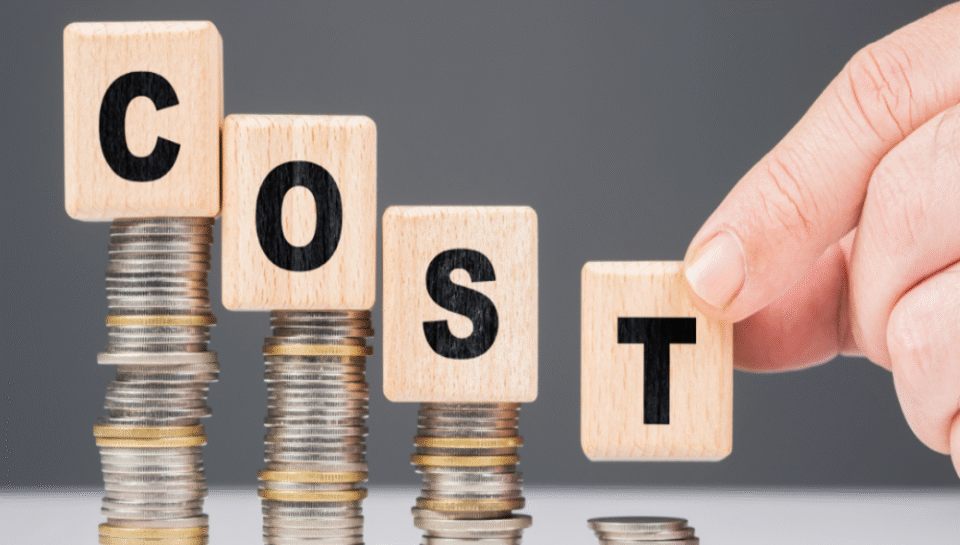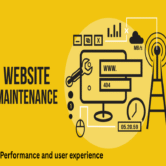
Briefly outline the cost considerations in package design.
INTRODUCTION
Cost is a critical factor in package design, influencing everything from material selection to production methods and distribution logistics. While eye-catching and functional packaging is essential, it must also align with budget constraints to ensure profitability. Understanding and managing cost considerations helps balance aesthetics, functionality, and affordability. Below is a brief outline of the key cost considerations in package design.
1. MATERIAL SELECTION
The type of material—cardboard, plastic, glass, metal, or sustainable alternatives—directly affects cost. Premium or eco-friendly materials often carry higher expenses, while lightweight or recycled materials may offer cost savings and sustainability benefits.
2. PRODUCTION PROCESSES
Complex packaging structures, custom molds, or advanced print finishes (e.g., embossing, foil stamping, spot UV) increase manufacturing costs. Designers must consider the trade-off between visual impact and production feasibility, especially for high-volume runs.
3. PRINTING METHODS AND COLOR USAGE
Digital, offset, and flexographic printing each have different cost implications based on volume and complexity. Designs with multiple colors or special effects typically cost more to print than minimalist, monochrome layouts.
4. SIZE AND SHAPE
Larger or non-standard shapes can increase material usage and complicate packing and shipping, raising costs. Optimizing dimensions for shelf efficiency and transportation can reduce waste and lower logistics expenses.
5. PACKAGING ASSEMBLY AND LABOR
Manual assembly or complex folding mechanisms add to labor costs. Simple, flat-pack designs that are easy to assemble can reduce time and expense in packaging lines.
6. SHIPPING AND DISTRIBUTION
Heavy or bulky packaging raises freight charges. Designing lightweight and compact packages helps minimize transportation costs and supports more efficient supply chain operations.
7. STORAGE AND SHELF LIFE
Storage conditions and shelf life may dictate the use of barrier coatings, tamper-proof seals, or temperature-resistant materials—all of which influence packaging costs.
8. SUSTAINABILITY MEASURES
Eco-friendly initiatives like biodegradable materials or reduced plastic usage may involve higher upfront costs but offer long-term savings and consumer goodwill.
9. MINIMUM ORDER QUANTITIES (MOQs)
Suppliers often require large minimum orders for cost-effective pricing. Small batches or custom orders tend to have higher per-unit costs, affecting smaller brands or limited-edition products.
10. TESTING AND REGULATORY COMPLIANCE
Ensuring compliance with safety, labeling, and material standards (especially for food, cosmetics, or pharmaceuticals) may incur additional testing and certification expenses.
HASHTAGS
#PackagingCosts #DesignBudgeting #PackagingEconomics #CostEffectiveDesign #ProductionEfficiency #SustainablePackaging #MaterialCosts #PrintingExpenses #SmartDesignChoices #PackagingStrategy #BudgetFriendlyDesign #DesignOptimization #CostVsQuality #SupplyChainSavings #PackagingDecisions #EcoDesignCosts #RetailPackaging #FunctionalPackaging #BrandEconomics #PackagingValue





